Home>Gardening & Outdoor>Landscaping Ideas>What Grass Grows In Sandy Soil
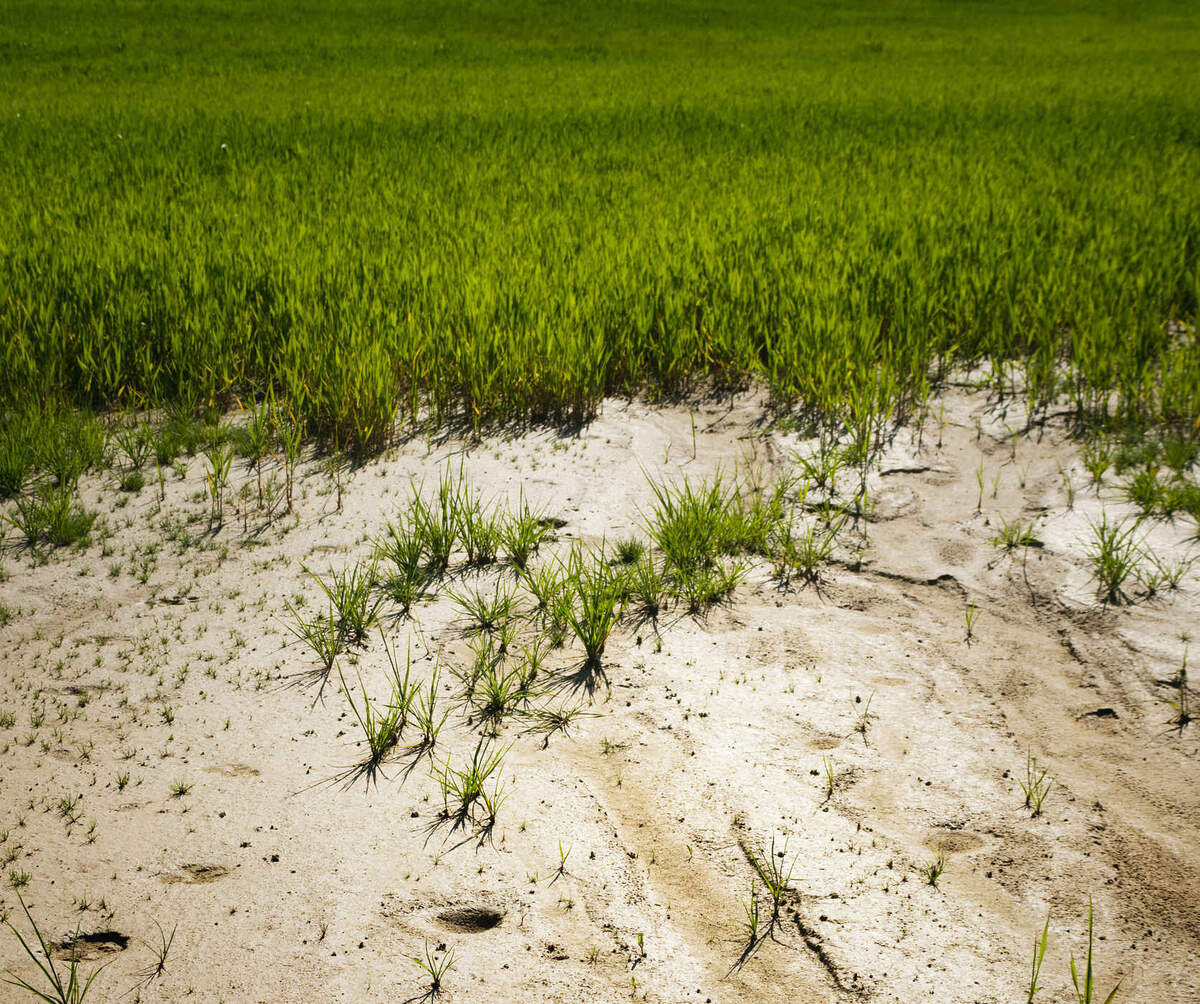

Landscaping Ideas
What Grass Grows In Sandy Soil
Modified: March 5, 2024
Find the best landscaping ideas for sandy soil with our comprehensive guide. Discover the ideal grass types and maintenance tips for a thriving lawn.
(Many of the links in this article redirect to a specific reviewed product. Your purchase of these products through affiliate links helps to generate commission for Storables.com, at no extra cost. Learn more)
Introduction
Welcome to the world of landscaping, where the canvas is the earth itself, and the plants and grasses are the colors that breathe life into it. One of the key elements in creating a vibrant and thriving landscape is understanding the soil on which it will flourish. Sandy soil, characterized by its gritty texture and excellent drainage, presents both opportunities and challenges for growing grass. In this article, we will delve into the realm of sandy soil and explore the best types of grass that thrive in this unique environment. Whether you are a seasoned gardener or a novice enthusiast, the insights shared here will empower you to transform your sandy terrain into a lush and verdant oasis.
Key Takeaways:
- Sandy soil presents challenges for growing grass, but resilient types like Bermuda, Zoysia, and Centipede grass thrive in this environment due to their drought tolerance, deep root systems, and heat resistance.
- To care for grass in sandy soil, focus on regular irrigation, soil amendments, appropriate fertilization, proactive weed control, mowing practices, adequate aeration, and seasonal maintenance to nurture healthy and resilient grass.
Read more: How To Grow Grass In Sandy Florida Soil
Understanding Sandy Soil
Before delving into the specific types of grass suitable for sandy soil, it’s crucial to grasp the fundamental characteristics of this soil type. Sandy soil is renowned for its granular texture, which results from the large particles that compose it. These particles allow for excellent drainage, meaning water moves through the soil rapidly, preventing waterlogging and the associated issues such as root rot. While the drainage aspect is advantageous, sandy soil also has a propensity to dry out quickly, especially during hot and dry spells, which can pose challenges for sustaining plant life.
Furthermore, sandy soil tends to have a lower nutrient-holding capacity due to the larger pore spaces between particles, which can lead to leaching of essential nutrients. As a result, plants growing in sandy soil may require more frequent fertilization to compensate for the rapid nutrient depletion. Despite these challenges, sandy soil provides a hospitable environment for certain types of grasses that have adapted to thrive in such conditions.
Characteristics of Grass Suitable for Sandy Soil
Grasses that flourish in sandy soil possess specific traits that enable them to thrive in this unique environment. These grasses are resilient to the challenges posed by sandy soil, including rapid drainage and lower nutrient retention. One of the key characteristics of grass suitable for sandy soil is its drought tolerance. Sandy soil’s quick-draining nature means that water is less readily available to plants, making it essential for the grass to withstand periods of limited moisture.
Additionally, grasses suitable for sandy soil often exhibit a deep and robust root system. This attribute allows them to access moisture and nutrients from deeper within the soil, compensating for the rapid leaching of nutrients from the sandy substrate. Furthermore, these grasses typically demonstrate a high tolerance for sandy soil’s nutrient-poor composition, enabling them to extract essential nutrients efficiently and thrive in such conditions.
Another vital characteristic of grasses suitable for sandy soil is their ability to withstand the intense heat that sandy environments can experience. Sandy soil has a lower heat retention capacity, meaning it can become excessively hot during sunny periods. Therefore, grasses that can endure high temperatures without succumbing to heat stress are particularly well-suited for sandy soil.
Lastly, grasses suitable for sandy soil often exhibit excellent wear tolerance, making them ideal for lawns and landscapes subject to foot traffic. This resilience allows these grasses to maintain their lush appearance and structural integrity, even in high-traffic areas, contributing to the overall durability and attractiveness of the landscape.
Understanding these characteristics is essential for selecting the most suitable grass species to cultivate in sandy soil, as it ensures that the chosen grass will not only survive but also thrive in this distinctive environment.
Best Types of Grass for Sandy Soil
When it comes to selecting the best types of grass for sandy soil, several species stand out for their remarkable adaptability and resilience in such conditions. These grasses have evolved to thrive in sandy environments, making them excellent choices for creating vibrant and sustainable lawns and landscapes.
- Bermuda Grass: Known for its exceptional drought tolerance and rapid growth, Bermuda grass is a popular choice for sandy soils. Its extensive root system enables it to access moisture deep within the soil, making it well-suited for arid and sandy environments.
- Zoysia Grass: Zoysia grass exhibits remarkable heat and drought tolerance, making it an ideal candidate for sandy soil. Its dense growth habit and ability to withstand foot traffic contribute to its appeal for lawns in sandy regions.
- Centipede Grass: Recognized for its low maintenance requirements and adaptability to sandy and acidic soils, centipede grass thrives in warm climates and exhibits excellent tolerance to drought and sandy conditions.
- Bahia Grass: Bahia grass is well-suited for sandy soils, offering good drought tolerance and the ability to establish deep roots, making it resilient in sandy environments.
- Buffalograss: Native to the Great Plains region of North America, buffalograss is renowned for its exceptional drought tolerance and ability to thrive in sandy and infertile soils, making it an excellent choice for sustainable landscapes.
These grass species have proven themselves as reliable and resilient choices for sandy soil, offering a blend of drought tolerance, heat resistance, and adaptability to nutrient-poor conditions. By selecting from these best-suited grasses, individuals can establish thriving lawns and landscapes in sandy environments, enhancing the beauty and sustainability of their outdoor spaces.
Consider planting grass species such as Bermuda grass, Zoysia grass, or St. Augustine grass, as they are well-suited for sandy soil due to their ability to tolerate drought and poor soil conditions.
Planting and Maintaining Grass in Sandy Soil
Planting and maintaining grass in sandy soil requires careful consideration and strategic approaches to ensure successful establishment and long-term vitality. Before planting, it is advisable to conduct a soil test to assess the nutrient composition and pH level of the sandy soil. This information will guide the selection of appropriate fertilizers and soil amendments to optimize the soil’s fertility and create an ideal foundation for healthy grass growth.
When planting grass in sandy soil, it is essential to prepare the site thoroughly. Begin by loosening the soil to a depth of several inches to improve aeration and drainage. Incorporating organic matter, such as compost or well-rotted manure, into the soil can enhance its nutrient-holding capacity and contribute to the development of a more fertile and moisture-retentive environment for the grass.
Once the soil is prepared, selecting high-quality grass seed or sod of the chosen species is paramount. When planting grass seed in sandy soil, it is beneficial to use a seed mix specifically formulated for sandy environments, as these blends often contain grass varieties with traits that complement the soil’s characteristics, such as drought tolerance and deep root systems.
After planting, diligent watering is crucial to support the establishment of the grass. While sandy soil drains quickly, it is essential to ensure that the newly planted grass receives adequate moisture to promote germination and early growth. Gradually tapering the watering frequency as the grass becomes established encourages the development of deep roots, enhancing its resilience to the challenges of sandy soil.
Maintaining grass in sandy soil involves regular monitoring of moisture levels and nutrient availability. Deep, infrequent watering is preferable to frequent shallow watering, as it encourages the grass roots to penetrate deeper into the soil in search of moisture, promoting overall plant health and resilience. Additionally, applying a balanced fertilizer specifically formulated for sandy soil during the growing season can help replenish essential nutrients and sustain the grass’s vigor.
Regular mowing at the appropriate height for the selected grass species, combined with proactive weed control and adequate aeration, contributes to the overall health and visual appeal of the lawn. By implementing these practices and staying attuned to the specific needs of the chosen grass species, individuals can cultivate and maintain thriving lawns in sandy soil, transforming potential challenges into opportunities for vibrant and sustainable landscapes.
Read more: What Grass To Plant In Sandy Soil
Tips for Caring for Grass in Sandy Soil
Caring for grass in sandy soil requires a tailored approach that addresses the unique characteristics and challenges of this soil type. By implementing specific care strategies, individuals can nurture healthy and resilient grass that thrives in sandy environments, enhancing the beauty and functionality of their outdoor spaces.
- Regular Irrigation: Due to the rapid drainage of sandy soil, consistent and adequate irrigation is essential to sustain healthy grass growth. Deep, infrequent watering encourages the development of robust root systems, enabling the grass to access moisture from deeper within the soil.
- Soil Amendments: Incorporating organic matter, such as compost or well-rotted manure, into sandy soil can bolster its nutrient-holding capacity and improve its ability to retain moisture, creating a more hospitable environment for grass growth.
- Appropriate Fertilization: Utilizing fertilizers specifically formulated for sandy soil can replenish essential nutrients and support the long-term health and vigor of the grass. Selecting a balanced fertilizer tailored to the needs of the chosen grass species is integral to promoting optimal growth and resilience.
- Proactive Weed Control: Regularly monitoring the lawn for weeds and implementing proactive weed control measures can prevent weed competition and help maintain the integrity of the grass in sandy soil. Selective herbicides and manual removal can be effective strategies for managing weeds in sandy environments.
- Mowing Practices: Adhering to the recommended mowing height for the specific grass species and avoiding excessively low mowing can promote the development of strong and healthy grass in sandy soil. Maintaining the appropriate mowing height contributes to the grass’s resilience and overall visual appeal.
- Adequate Aeration: Periodic aeration of the lawn can alleviate compaction and enhance air and water penetration in sandy soil, fostering a more favorable environment for the grass’s root development and overall vitality.
- Seasonal Maintenance: Tailoring lawn care practices to the seasonal needs of the grass species is essential for sustaining its health and resilience. Adjusting watering, fertilization, and maintenance routines in response to seasonal changes can optimize the grass’s performance in sandy soil.
By integrating these care tips into their lawn maintenance routines, individuals can nurture thriving and resilient grass in sandy soil, transforming potential challenges into opportunities to cultivate lush and sustainable landscapes.
Conclusion
Embarking on the journey of landscaping and cultivating a thriving lawn in sandy soil presents a unique set of opportunities and considerations. By understanding the distinct characteristics of sandy soil and selecting grass species tailored to thrive in this environment, individuals can transform their outdoor spaces into vibrant and sustainable landscapes. The resilience and adaptability of grasses suited for sandy soil enable them to endure the challenges posed by rapid drainage, nutrient-poor conditions, and intense heat, resulting in lush and resilient lawns that enhance the beauty and functionality of the surroundings.
Planting and maintaining grass in sandy soil demands a strategic and attentive approach, encompassing thoughtful soil preparation, diligent watering, and tailored care practices. By incorporating soil amendments, appropriate fertilization, and proactive weed control, individuals can create an optimal environment for the grass to flourish, fostering deep root development and long-term vitality. Additionally, adhering to recommended mowing practices and seasonal maintenance routines contributes to the overall health and visual appeal of the lawn, ensuring its sustained resilience in sandy soil.
Through the careful selection of grass species, coupled with informed planting and maintenance practices, individuals can harness the potential of sandy soil to create captivating and sustainable landscapes. By embracing the unique attributes of sandy soil and leveraging the resilience of suitable grass species, they can cultivate lawns that not only endure the challenges of this environment but also thrive, enriching outdoor spaces with lush greenery and enduring beauty.
Ultimately, the journey of caring for grass in sandy soil is a testament to the transformative power of understanding and working in harmony with the natural characteristics of the land. By embracing the distinctive qualities of sandy soil and nurturing resilient grass, individuals can create landscapes that embody both the beauty of nature and the ingenuity of sustainable landscaping practices, fostering enduring beauty and vitality in their outdoor environments.
Frequently Asked Questions about What Grass Grows In Sandy Soil
Was this page helpful?
At Storables.com, we guarantee accurate and reliable information. Our content, validated by Expert Board Contributors, is crafted following stringent Editorial Policies. We're committed to providing you with well-researched, expert-backed insights for all your informational needs.
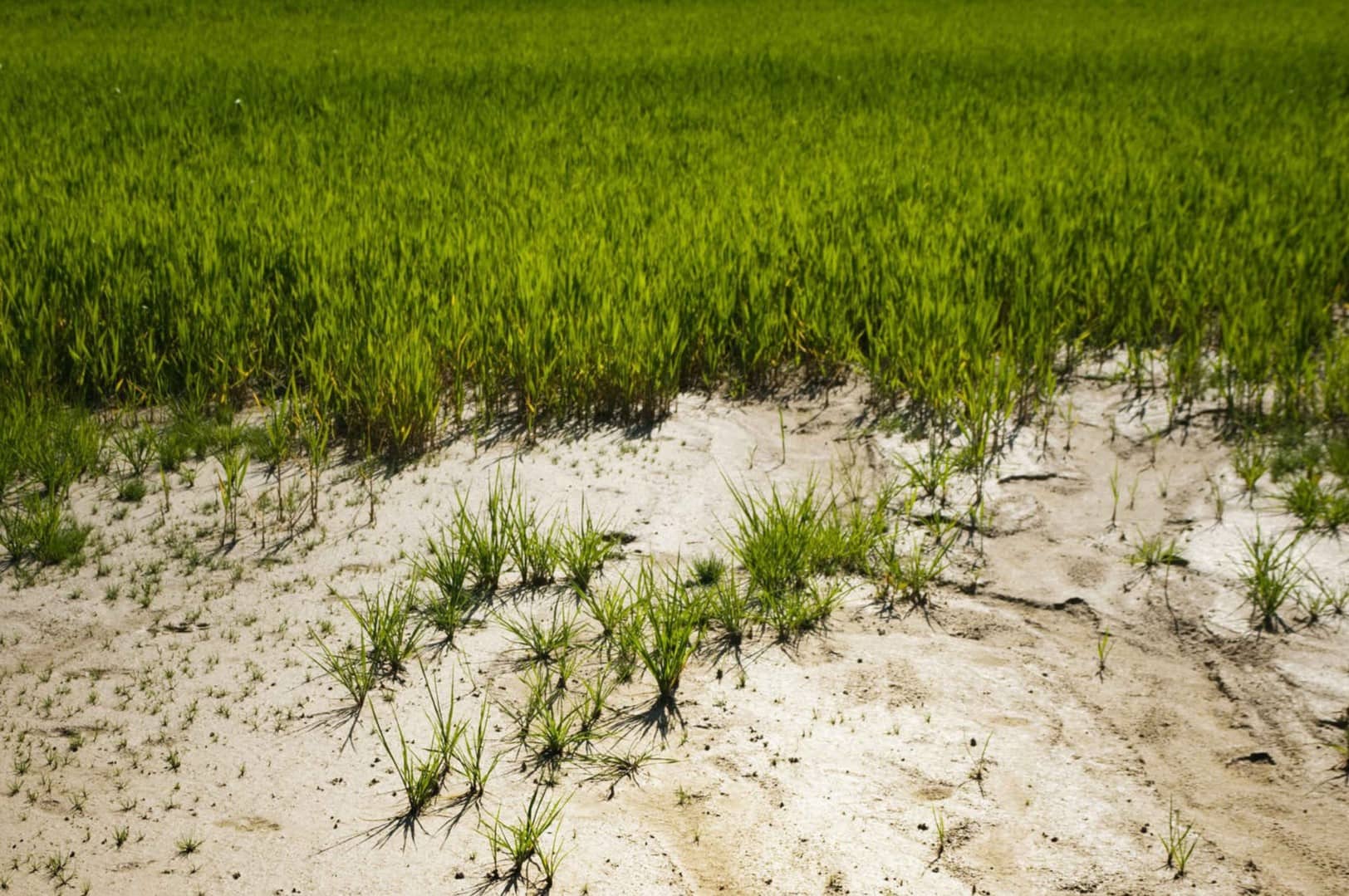
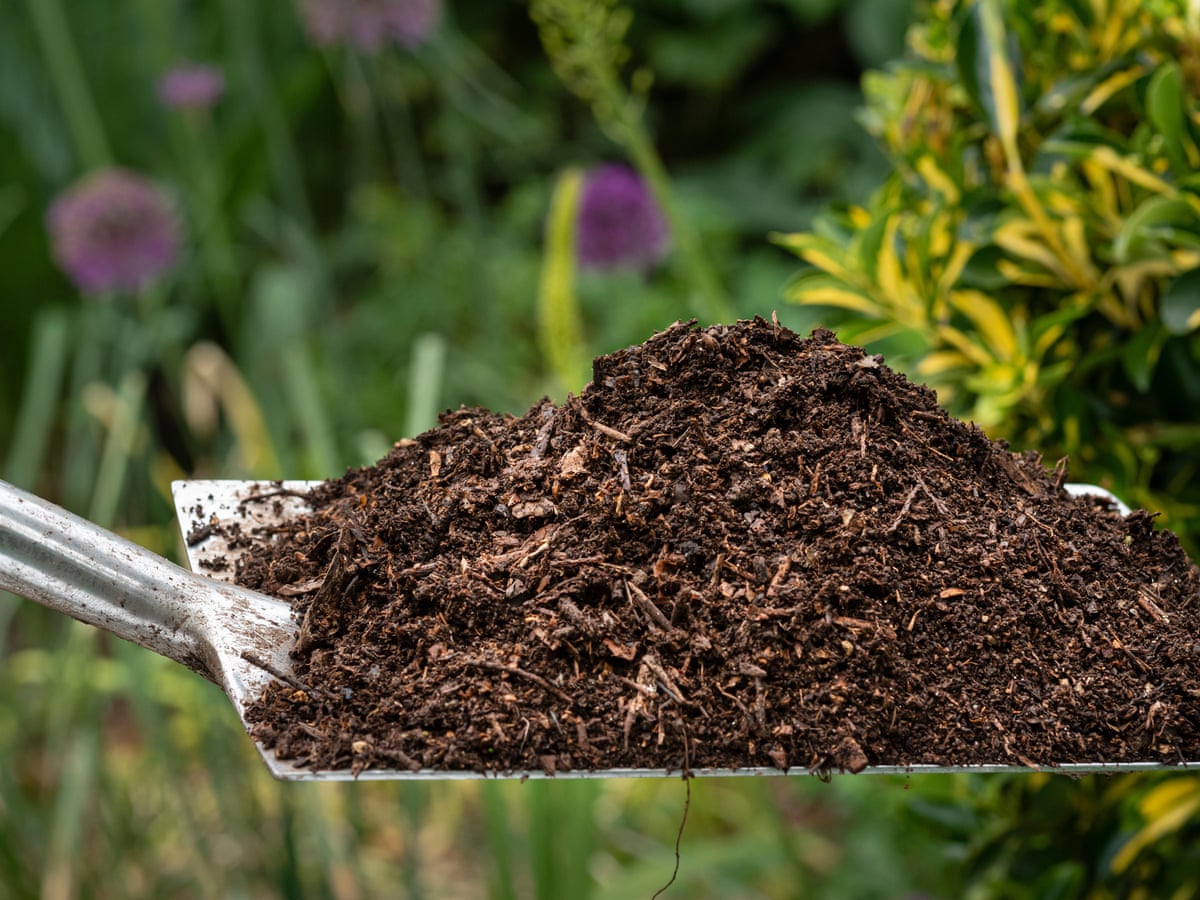
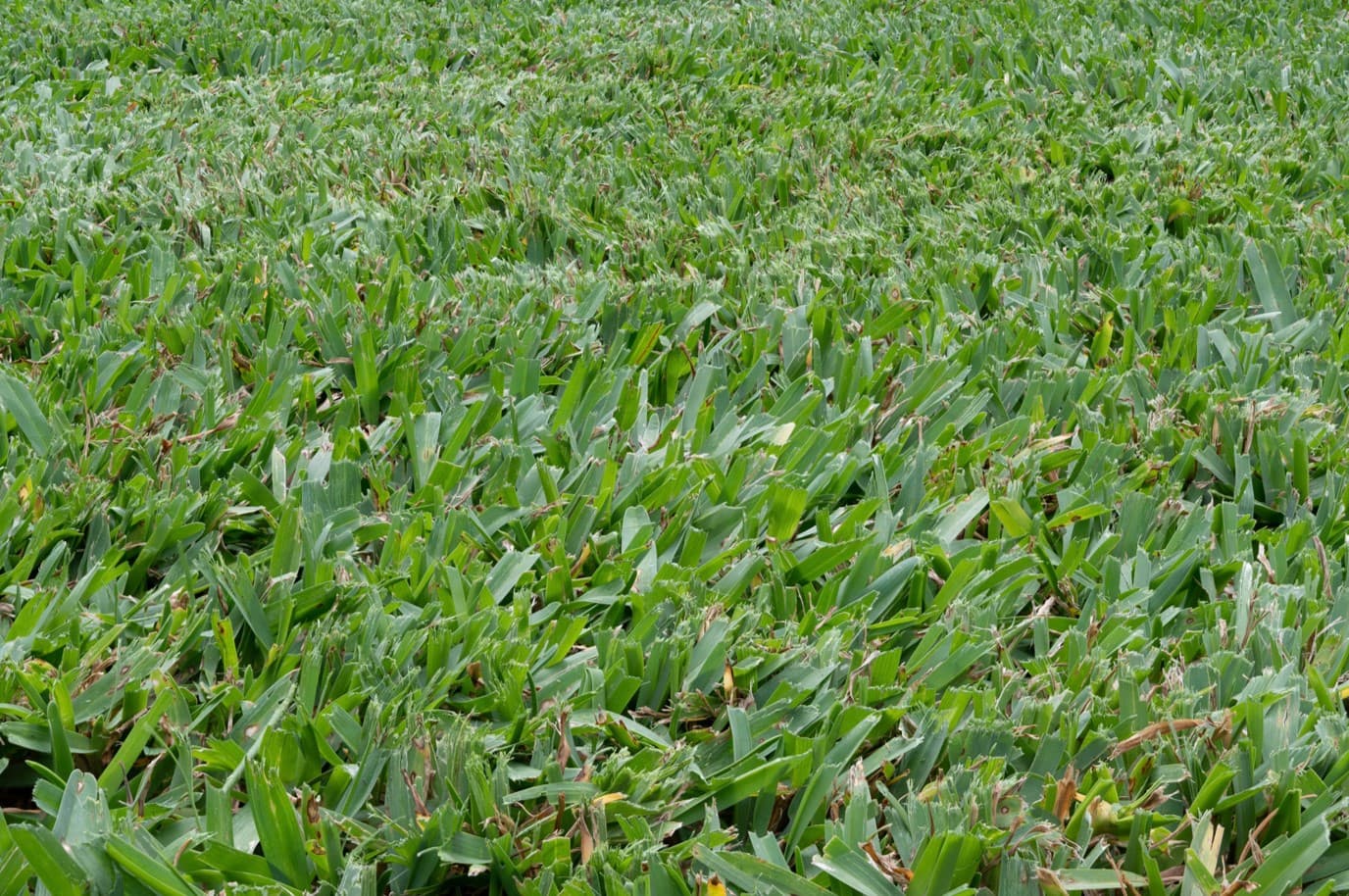
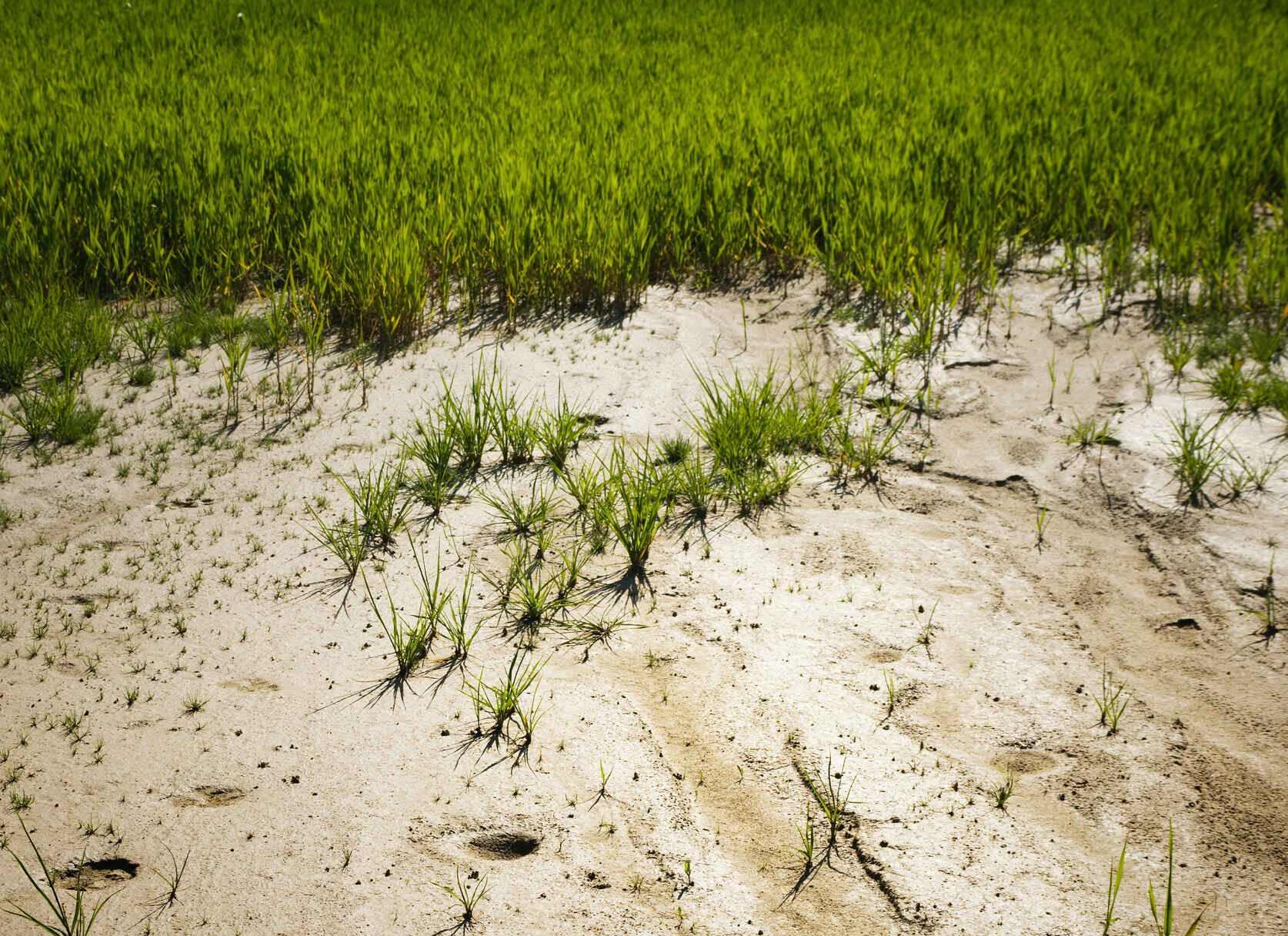

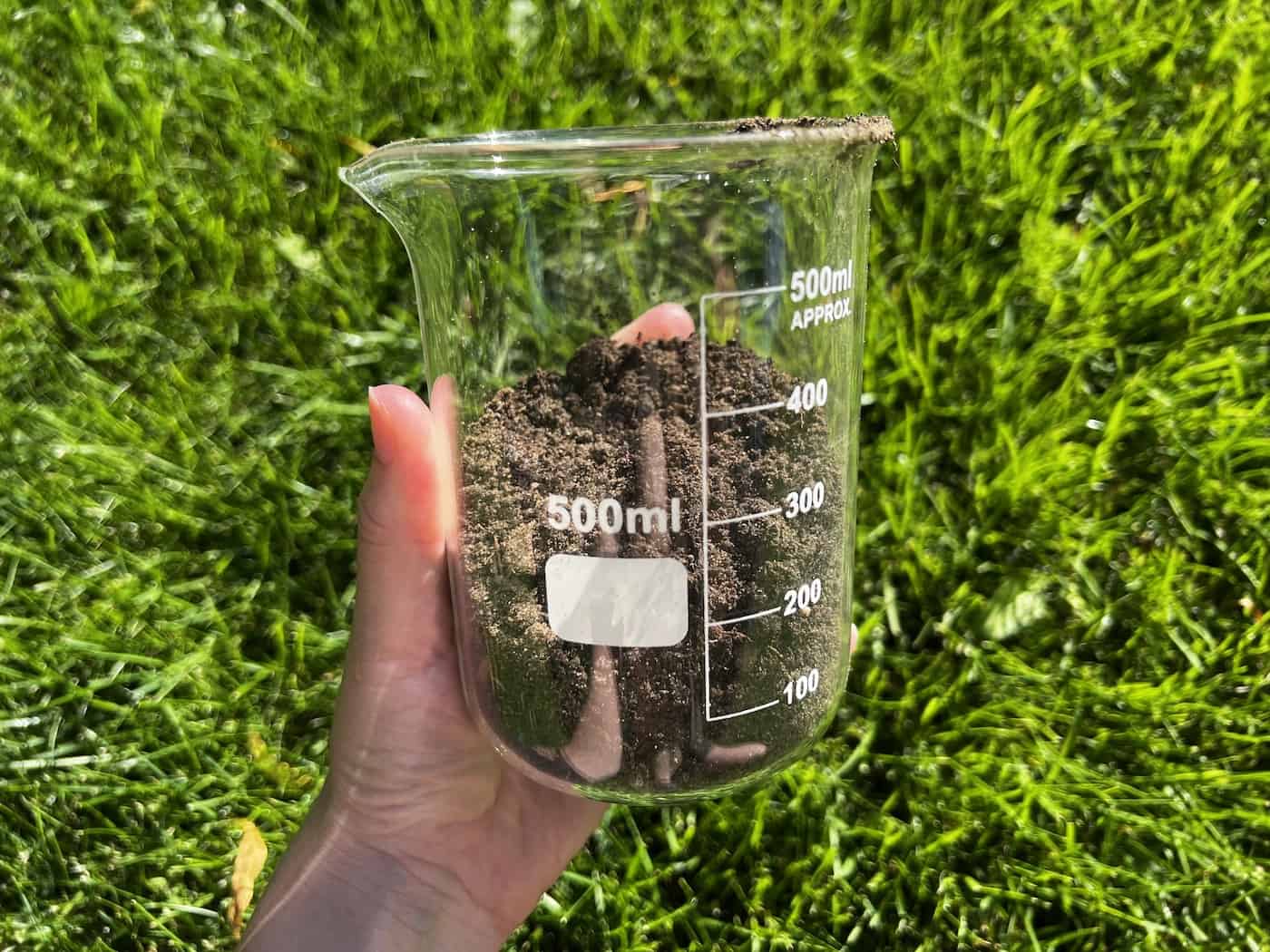

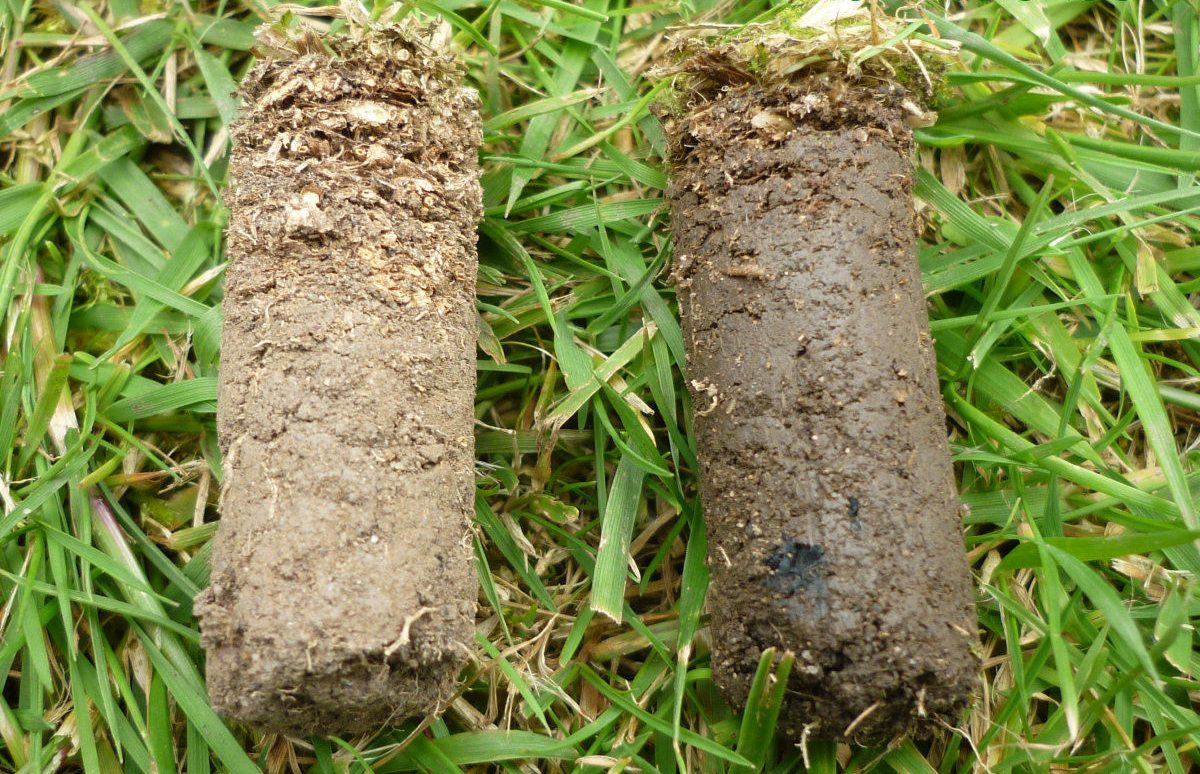
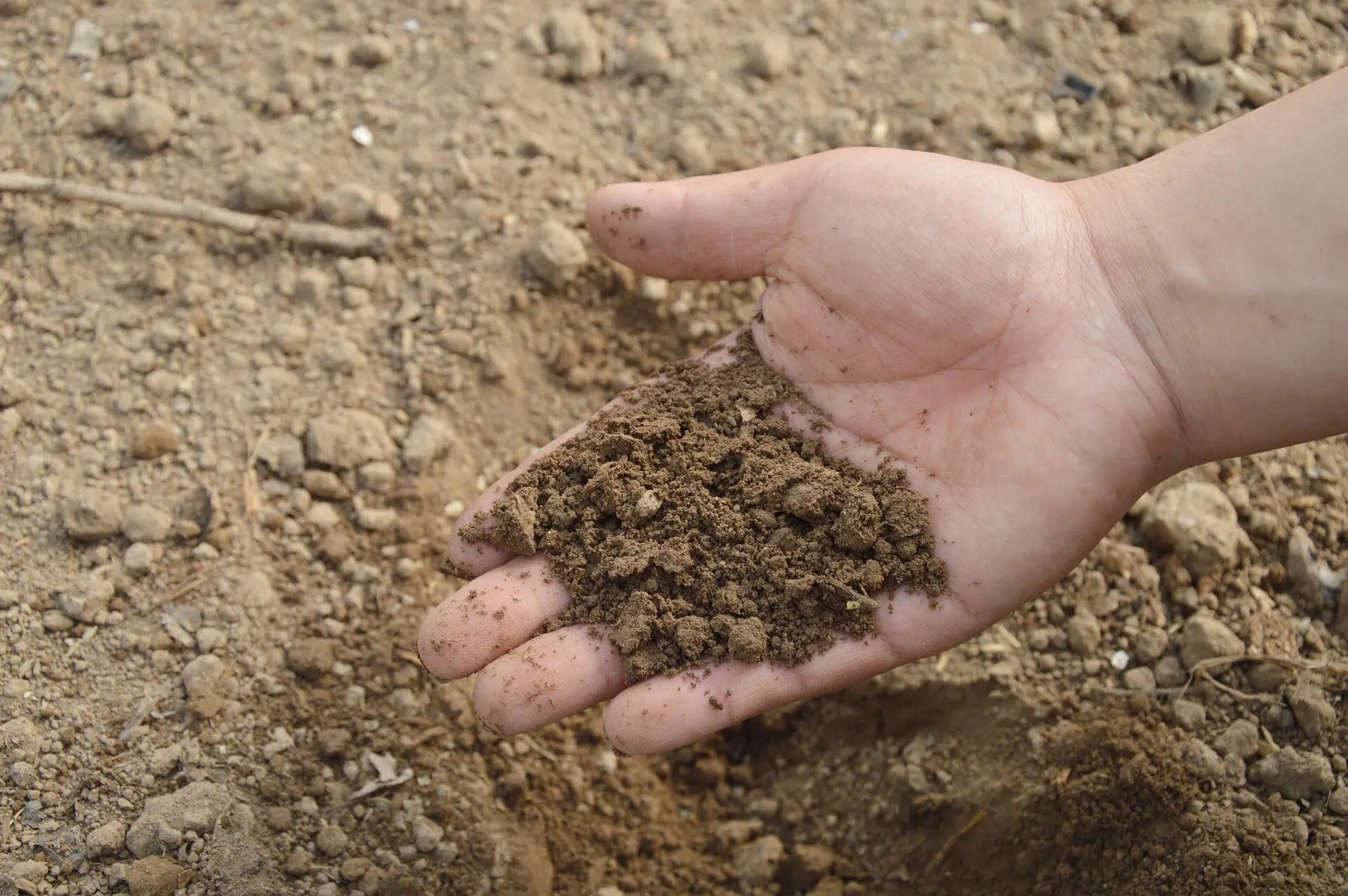
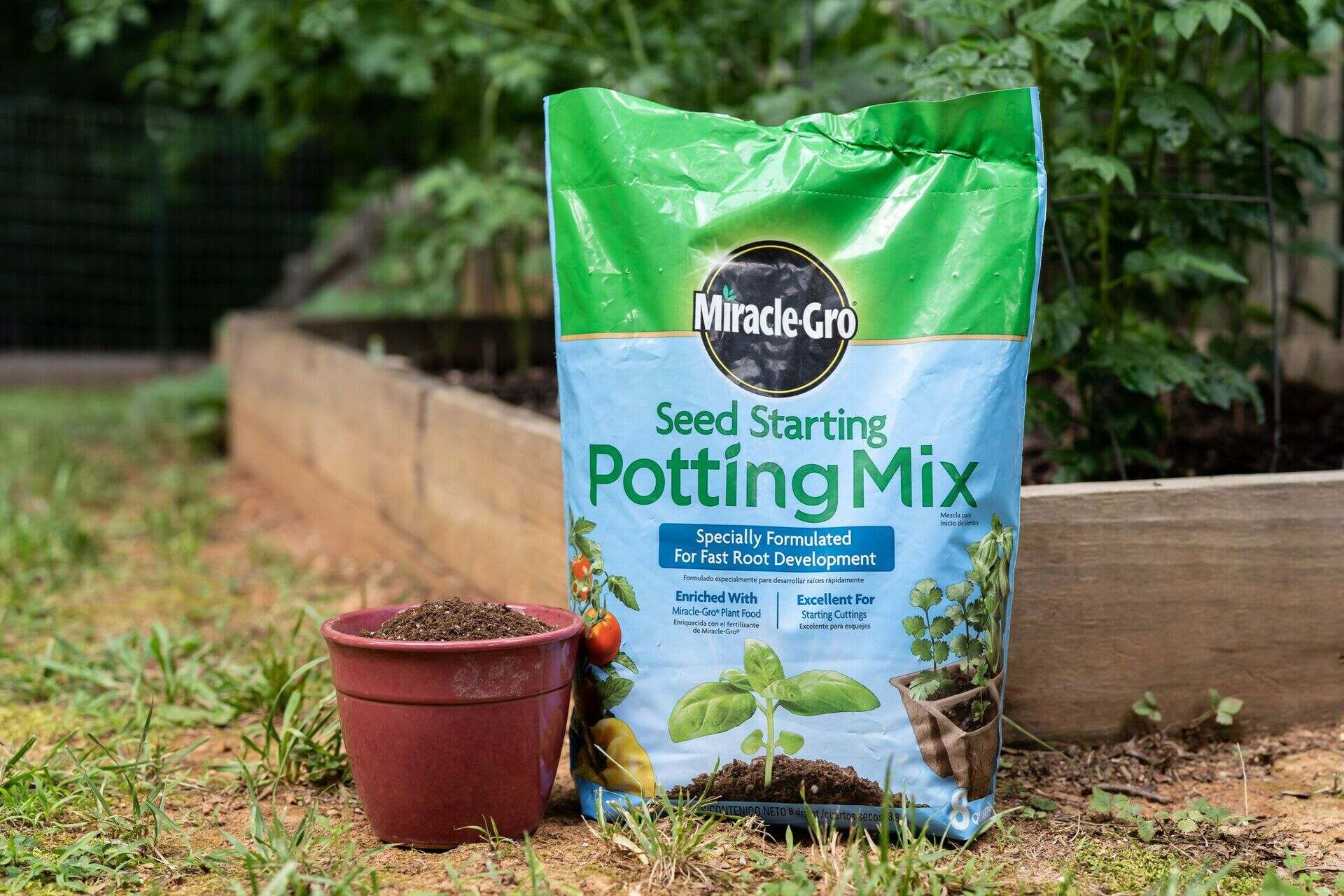

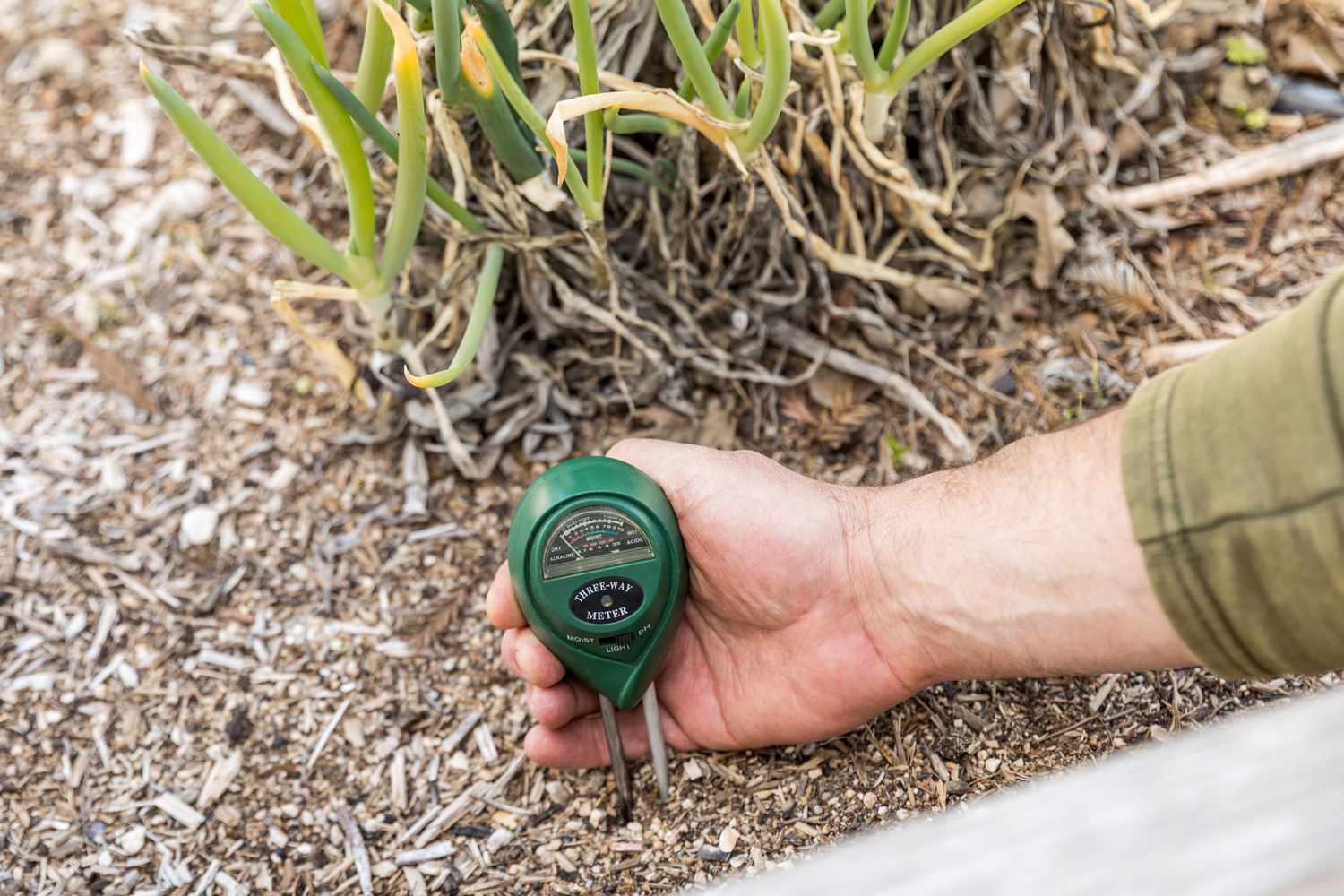
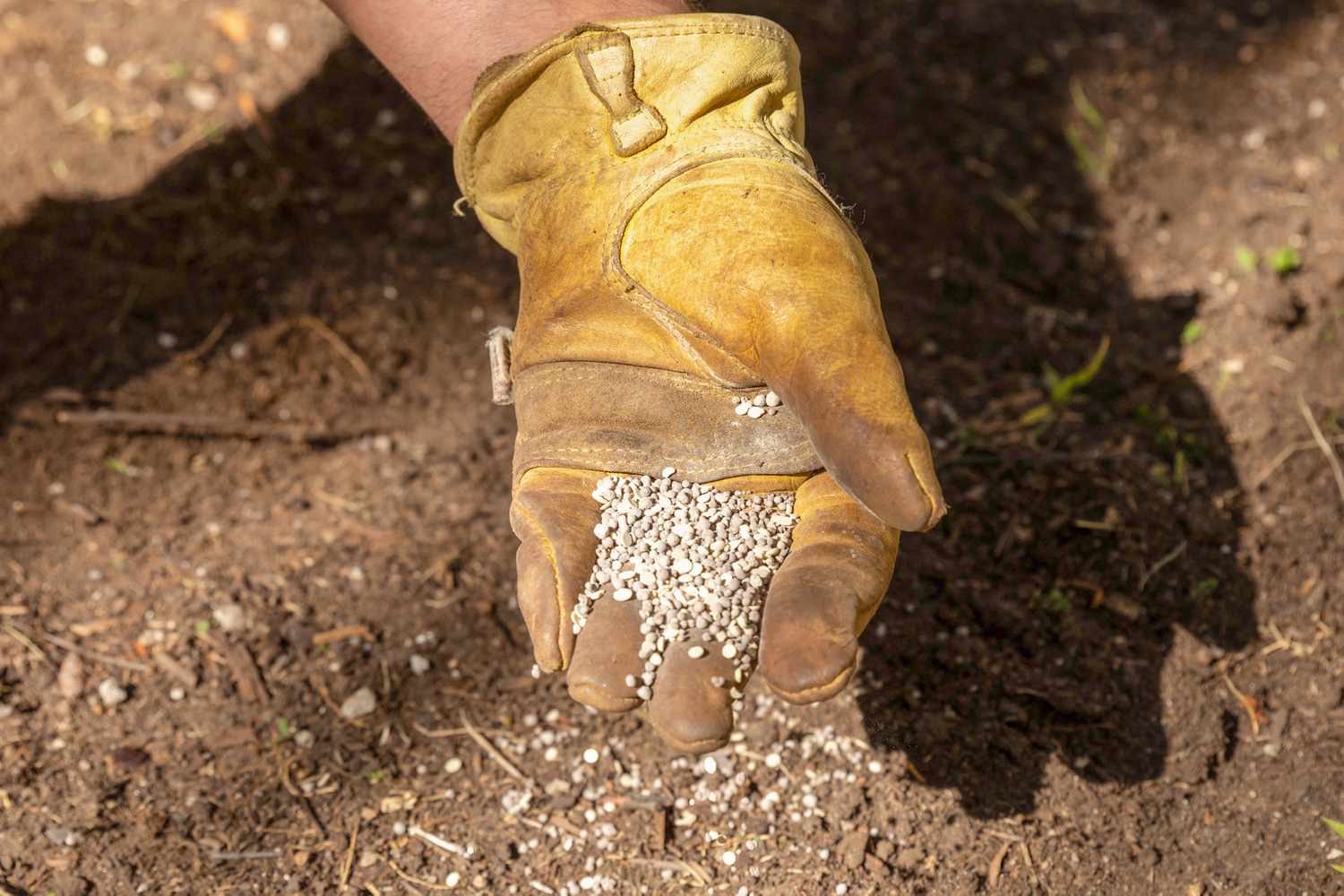
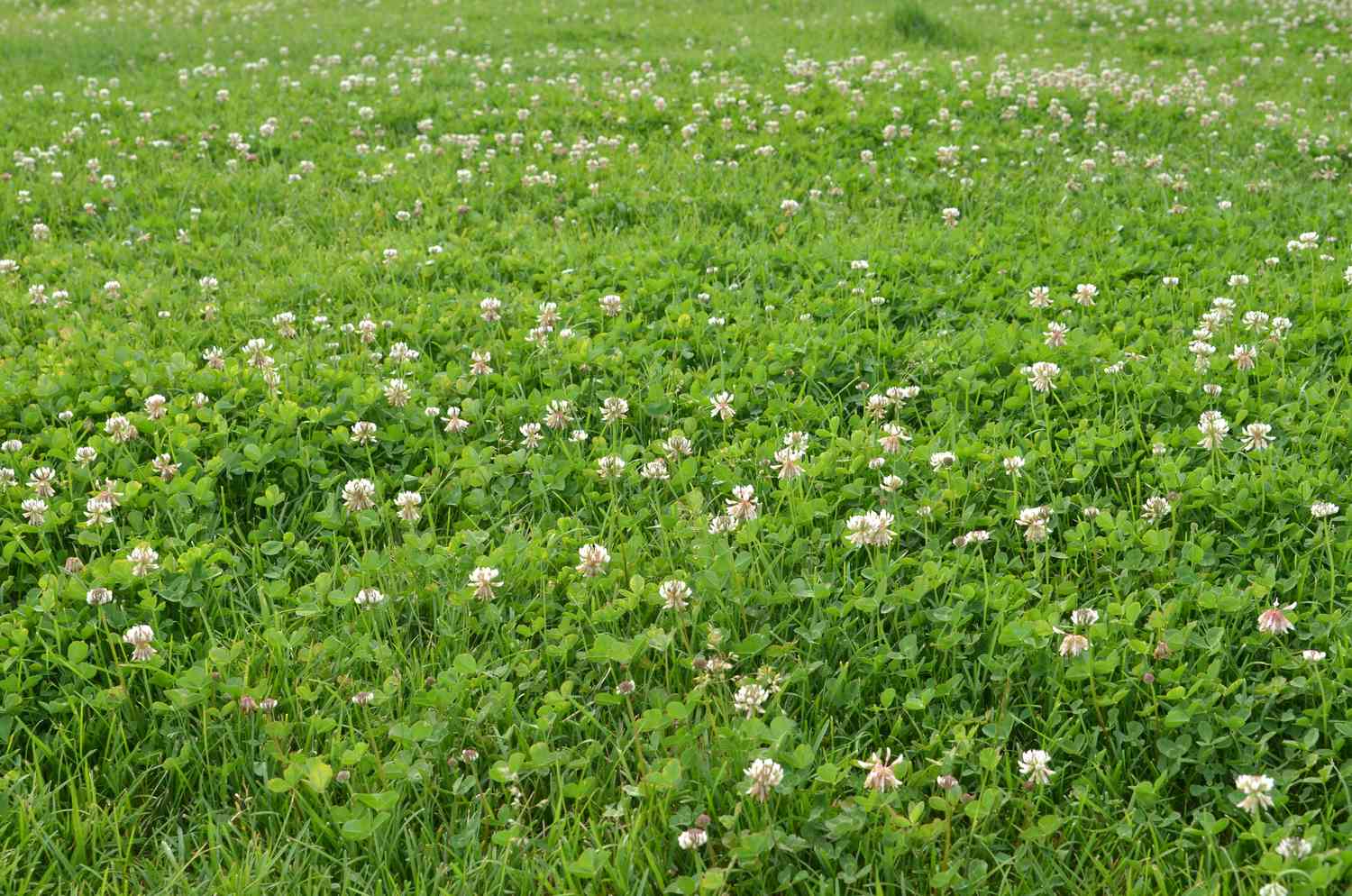

0 thoughts on “What Grass Grows In Sandy Soil”